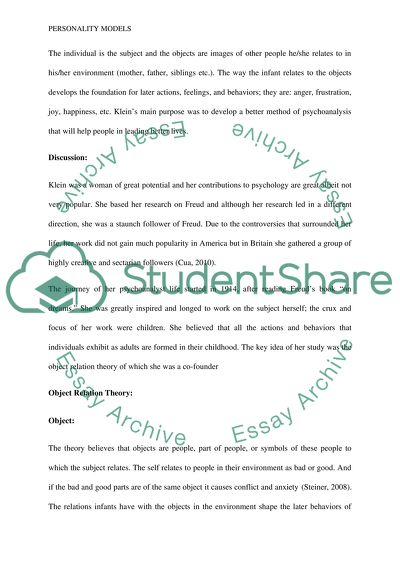Cite this document
(“Model of Personality Critique Essay Example | Topics and Well Written Essays - 2000 words”, n.d.)
Retrieved from https://studentshare.org/psychology/1445336-models-of-personality-critique
Retrieved from https://studentshare.org/psychology/1445336-models-of-personality-critique
(Model of Personality Critique Essay Example | Topics and Well Written Essays - 2000 Words)
https://studentshare.org/psychology/1445336-models-of-personality-critique.
https://studentshare.org/psychology/1445336-models-of-personality-critique.
“Model of Personality Critique Essay Example | Topics and Well Written Essays - 2000 Words”, n.d. https://studentshare.org/psychology/1445336-models-of-personality-critique.


